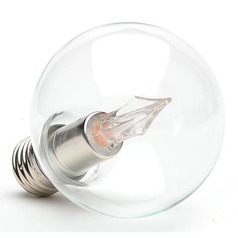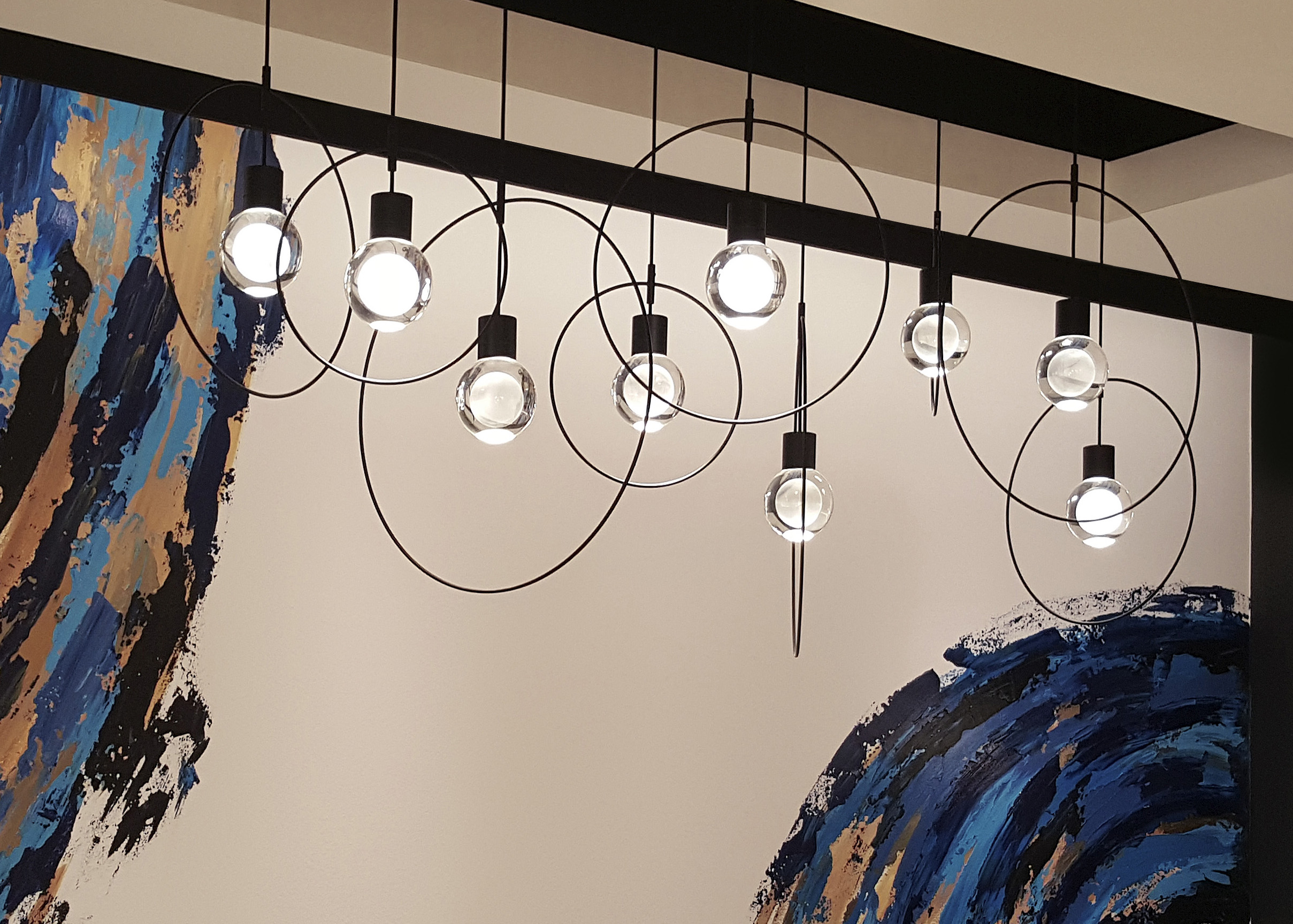Convert to LED lighting
Once found mostly in electronic devices, Light Emitting Diodes (LEDs) held such promising benefits that contests and think-tanks were formed to advance their uses. Now, thanks to innovators from around the world, LEDs are available for everyday use in home lighting. There are a number of reasons to convert to LED lighting. Explore the advantages and decide if these bulbs are right for your home.
Watts the Difference?
When choosing lighting, it’s important to understand the terminology. Light bulb packages typically display the bulb’s watts and lumens. Watts measure the amount of energy used to produce light. Lumens measure the brightness of the light emitted. A bulb’s lumens-per-watt are a measure of the brightness for your buck. The higher the lumens-per-watt, the more you’ll save on your power bill. Energy-saving bulbs such as Compact Fluorescent (CFL) and LED often have watt/lumen comparisons on their packaging. These comparisons are based on the standards set by incandescent lighting.
For example:
- 40-watt incandescent bulb = 450 lumens
- 60-watt incandescent bulb = 800 lumens
- 75-watt incandescent bulb = 1100 lumens
- 100-watt incandescent bulb = 1600 lumens
The best way to choose LED lighting is by its lumens. The higher the lumens, the brighter the light. For soft accent lighting, select low lumen bulbs. For strong task lighting, look for a high lumen output.
Save, Save, Save
LED lights offer compelling benefits when compared to incandescent and CFL bulbs. They are less expensive to operate, have a longer life span and are an environmentally friendly option.
Cost Savings
| Incandescent | CFL | LED | |
| Lifespan | 1,200 hours | 10,000 hours | 50,000 hours |
| Watts (energy used) | 60 | 14 | 10 |
| Average Annual Operating Cost | $328 | $76 | $36 |
Environmental Savings
Another great reason to convert to LED lighting is the environmental benefits. The energy savings alone can have a dramatic environmental impact and significantly reduce your carbon footprint. Since LED bulbs last up to five times longer than CFL and over 10 times longer than incandescent, fewer bulbs need to be produced and thrown away. Unlike CFLs, LED lights are mercury-free and don’t need any special handling. To ensure that the bulbs you choose are the most environmentally-friendly options available, look for the Energy Star rating and Title 24 compliance.
Lighting Up Your Life
 When you’re converting to LED lighting in the home, it’s important to choose the right bulbs for types of fixtures you have. There are plenty of screw-in LED bulb options designed to fit standard incandescent fixtures. Old incandescent light bulbs in these fixtures can just be swapped out for new, compatible LED bulbs as needed. You can also install new fixtures, such as LED pendant lights, to give an area a fresh look. If you’d like to update to LED recessed lights or can lighting, look for LED retrofit kits. These are specially designed to convert recessed cans to LED fixtures.
When you’re converting to LED lighting in the home, it’s important to choose the right bulbs for types of fixtures you have. There are plenty of screw-in LED bulb options designed to fit standard incandescent fixtures. Old incandescent light bulbs in these fixtures can just be swapped out for new, compatible LED bulbs as needed. You can also install new fixtures, such as LED pendant lights, to give an area a fresh look. If you’d like to update to LED recessed lights or can lighting, look for LED retrofit kits. These are specially designed to convert recessed cans to LED fixtures.
Illuminate Your Space Effectively
When it comes to LED lighting, ideas and options are nearly endless. You can achieve any look you want with the right combination of lumens and color temperature.
What’s Color Temperature?
A bulb’s color temperature is measured in Kelvins (K) and refers to the warmth or coolness of the light the bulb emits. Strangely, the higher the Kelvin number, the cooler the light. Warm yellow light is produced by 2700K to 3000K bulbs, while cool blue light bulbs range from 5700K to 8000K. For comparison, the color temperature of an incandescent bulb is about 2700K, while bright sunlight is around 5700K. Light color temperatures can range from very warm and yellow to noticeably blue, but most fall into a spectrum of whites. White lights are generally preferred for most lighting situations, as they produce the most natural appearance.
LED Lighting Ideas
The color of light can significantly affect the atmosphere of a room. Warm lighting encourages relaxation and drowsiness. Cool lighting can make you feel more focused and alert. When you’re considering LED lighting ideas, think about the atmosphere you’d like to create. Warm white lights with low lumens will provide a soothing glow. A 3000K bulb that emits between 1,500 and 4,000 lumens would be a good choice for a bedside lamp. Choose a slightly higher color temperature and lumen output for LED ceiling lights in areas such as the living and dining room Cool white bulbs provides high contrast, making them excellent for task and reading lights. Bulbs that emit 3,000 to 6,000 lumens and have a color temperature of 4000K to 6500K are excellent for home offices, workshops and task lighting. This range is also a good choice for LED outdoor lights .
How many DIY experts does it take to convert to LED lighting? None–it’s as simple as changing a light bulb. Upgrading to LED saves energy, reduces waste and gives you more control over the atmospheric quality of your lighting.

